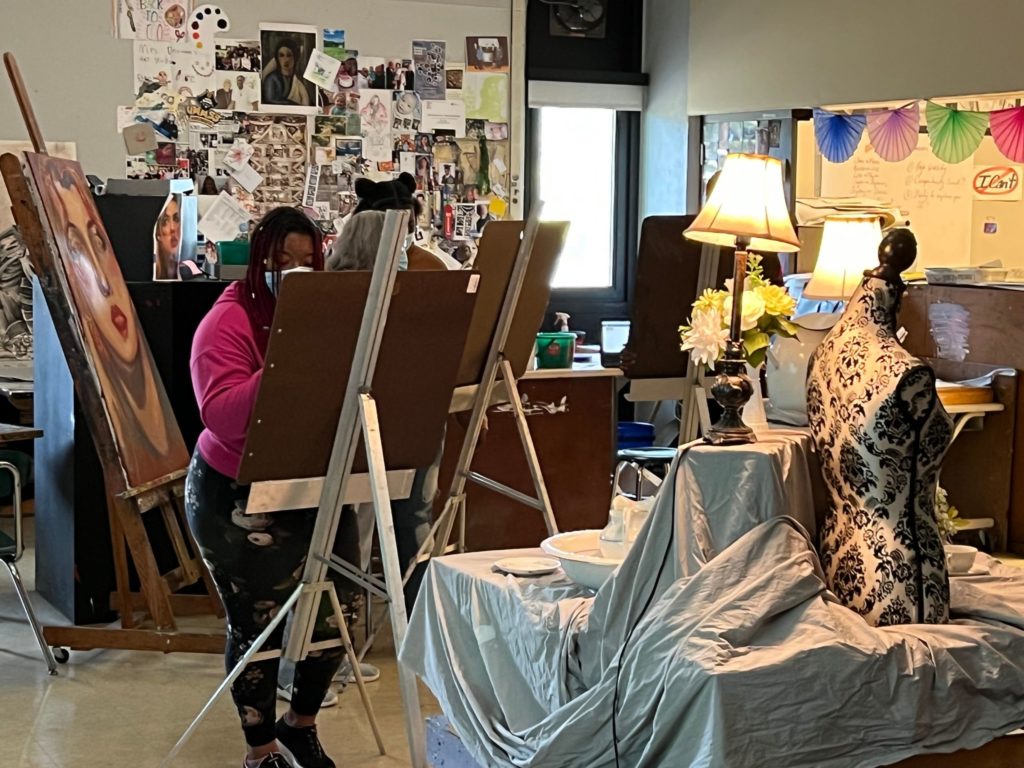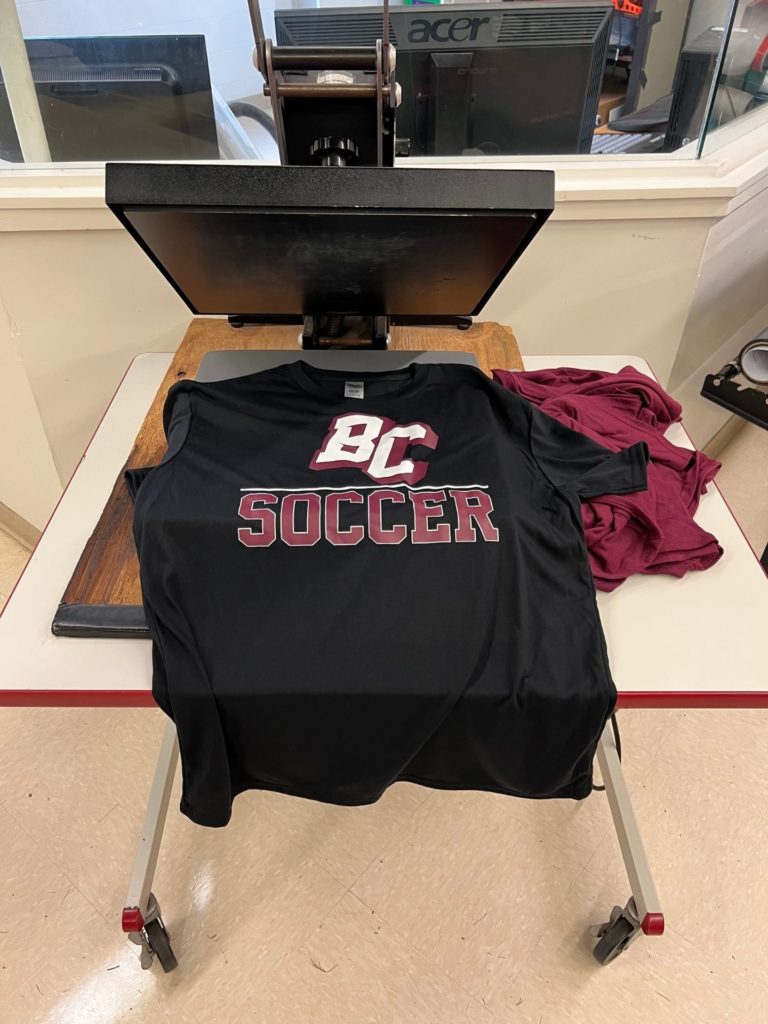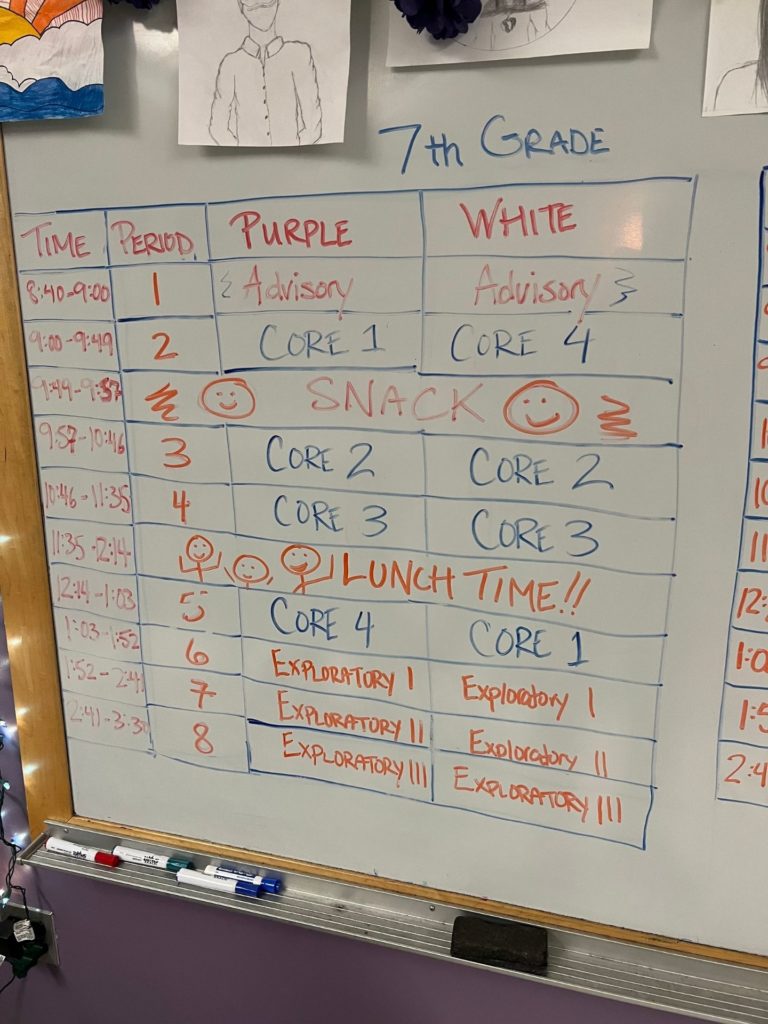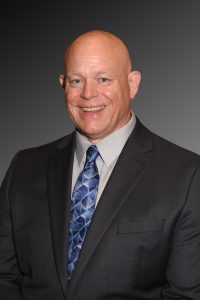NASSP President Gregg Wieczorek’s second leg of Leading Forward: The Listening and Learning Tour took him through six Northeast states the second week of October: Massachusetts, Rhode Island, Connecticut, Vermont, New Hampshire, and Maine.
Below, Wieczorek talks about his latest school visits, followed by brief highlights from each stop.
Making Connections
So much of what I see on the tour is about connections, whether it’s between adults and students, or between different groups of students who might not normally interact with each other. I see common themes among the schools but it’s the differences that make it so interesting.
Every school, for example, has some kind of advisory period, but these are all tailored to their unique circumstances. This commonality struck me because at my school, one of our concerns is whether every student has a staff member they feel connected to in school. Unfortunately, I can say that’s not the case. There are kids who go through four years at my school and never really make that connection with an adult.
At York (ME) High School, teachers have 10 students who they see five days a week, including two days where activities are planned with a social-emotional component to build those connections beyond academics. There’s no way a student will graduate from that school without having made a strong connection with at least one teacher. That’s the kind of idea that any school could implement with advisory time.
Brockton High School, Brockton, MA
Clifford Murray, Principal
Giving a Large High School a Smaller Feel
In order to give a 4,000+ student building a smaller feel, Brockton has divided the school into four separate color-coded buildings: green, red, azure, and yellow. Students remain in their building color during their entire four years. Counselors are assigned to a building, and all the students interact with the counselors in their building. Students start the day with homeroom and advisory time, and each building has its own cafeteria where students eat breakfast and lunch.

Chariho Middle School, Wood River Junction, RI
Greg Zenion, Principal
Focusing on Social, Emotional, and Mental Health
Even before the pandemic hit, Chariho Middle School prioritized students’ social, emotional, and mental health. In a school with just over 1,000 5th-8th graders, there are four counselors, two social workers, and one psychologist—more than the usual ratio of school specialists. Having this much support for students allows the mental health staff to get to know their students well. Counselors are assigned to their students for the entire four years they attend school. If the principal gets a call from a parent, he goes directly to the assigned counselor to discuss the parent’s concern before talking to teachers.

Bristol Central High School, Bristol, CT
Peter Wininger, Principal
School Promotion through T-shirts
Bristol Central has a technology teacher who, with the support of the principal, has put together a lab with high-end equipment that gives students the opportunity to share various school events through social media. The school also purchased its own T-shirt printing machine. All the printing is done by students, which allows the school to save so much money that the machine paid for itself in the first semester. Having their own printing machine also allows the school to produce shirts in a timely manner, including many that promote their “Ramily” (Bristol Central Rams: Ram Family) motto on the back.

Brattleboro Area Middle School, Brattleboro, VT
Keith Lyman, Principal
Looping All Core Teachers
Brattleboro Area Middle School is divided into a 7th-grade wing and an 8th-grade wing, with core teachers assigned to either grade. The following year, they switch to the other grade. This practice of looping allows students to make stronger connections with their teachers over their two-year middle school experience. It also demands more of the teachers, who need strong knowledge and understanding of the whole curricula in their subject area for both grades.
Hollis Brookline High School, Hollis, NH
Tim Girzone, Principal
Unified Athletics and Classes
Students can register for regular or unified classes. In the unified classes, students in general education sign up with the intention that they will help a student in special education also enrolled in the class. In unified athletics (basketball, soccer, and track), students with special needs participate alongside students in general education.
York High School, York, ME
Karl Francis, Principal
Pride Advisory
Students at York High School have advisory five days a week. During Pride advisory, which is two days a week, staff work with students on social-emotional issues through a variety of activities. Students attend the same Pride group with the same students all four years, which helps builds their connections with at least one adult. Students also say it has helped them feel more connected to the school as a whole.


1 Comment
Gregg,
I’m so proud of you! Keep with that theme of Connections. My WHY is Impact Through Connections. Your journey through that lens is refreshing, as I’m not only able to glean ideas, I’m reaffirmed that there are other schools with leaders who are leading in ways that promote connections through systems and structures, I.e., Schedules (which I love to hate sometimes), and deeper connections through placing value on the experiences scholars get to have because of the leadership’s focus on relationships with each other and their teachers, who we know have the most direct impact on scholars’ progress and attainment.